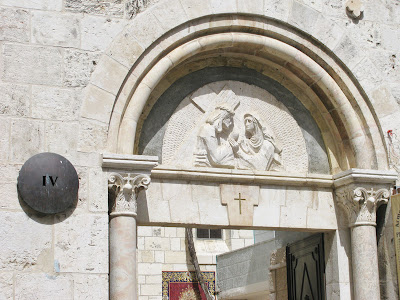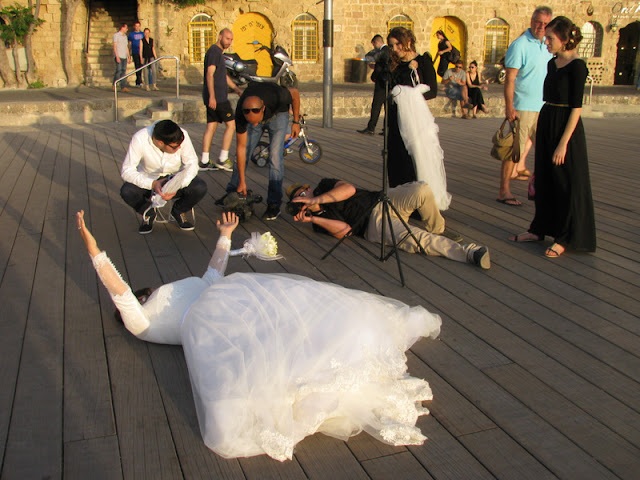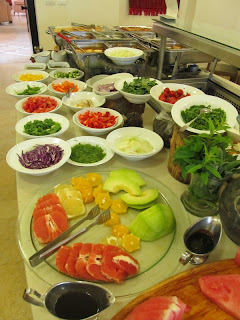About our second day into the tour, our guide Yossi asked, “How many of you had friends or family tell you that it wasn’t safe to go to Israel?” Everybody’s hand shot up. He then explained how the media portrays conditions in Israel which can be not only misleading but also outright lies. This we know firsthand. Our concerned parents worried about us after hearing some news about a situation in a country where we were living at the time (India, Indonesia, or Afghanistan), but there was no cause for concern!
The July 2013 issue of the Levitt Letter has an interesting article, “How Photographers Help Shape the News.” Reading that may give you an idea of what I’m talking about.
Yossi continued, “We’re in the eye of the storm. It’s the surrounding areas that are in turmoil.” As he left us at the airport for our flight back home, he said, “Tell everybody it is safe to come to Israel!”
My husband asked the tour agency that helped make our arrangements if they had ever had to cancel a tour to Israel. “No,” they said, “not in the last 25 years, but we have had to cancel some to neighboring countries.”
It’s not my objective to discuss this in detail, but to convey Yossi’s message that it is safe to come to Israel and that we never felt afraid at any time. Some places in the United States are more dangerous than Israel. My husband Lyle is fond of saying, “Safety is in the Lord.” That doesn’t mean one takes unnecessary risks, but one makes informed decisions and then trusts in the Lord. Israel’s security is topnotch. And their police or soldiers don’t mind having their photos taken!
 |
| Elaine with Israeli soldier in the Wailing Wall area. |
A number of Israeli soldiers came for lunch or coffee at Mount Bental near the Lebanon border while we were there. I was inside the restaurant and took the photo through the window. When they saw me, they immediately responded!
 |
| Soldiers at Mount Bental |
The February 2013 issue of Israel Today reported that tourism to Israel hit an all-time high in 2012 with 3.5 million visitors. If you have wanted to visit Israel but have hesitated because of negative publicity, do not let that hinder you. We had such a marvelous time. I would return in a heartbeat—as would some of our group.
 |
| Our Group at Capernaum |
As the sun sets over the Sea of Galilee signifying the end of the day, this entry ends this blog. I am, though, going to "tweak" it by adding a separate page with links, by working to find a good way to print the entries, and by reversing their order so they appear chronologically.
I hope you have enjoyed this journal about our tour to Israel and that it has encouraged you to make the pilgrimage to experience not only all the fascinating places but also to have the biblical narratives come alive for you.
Shalom!






























